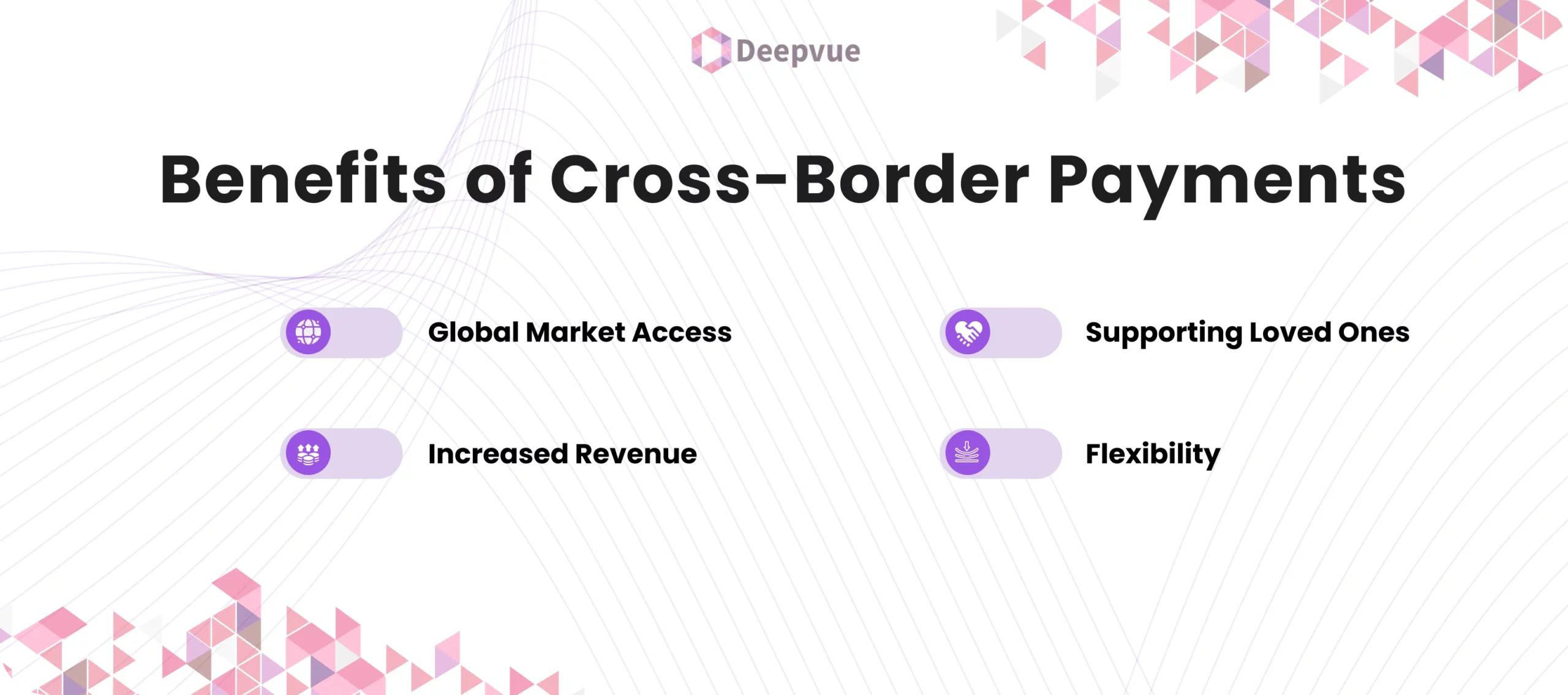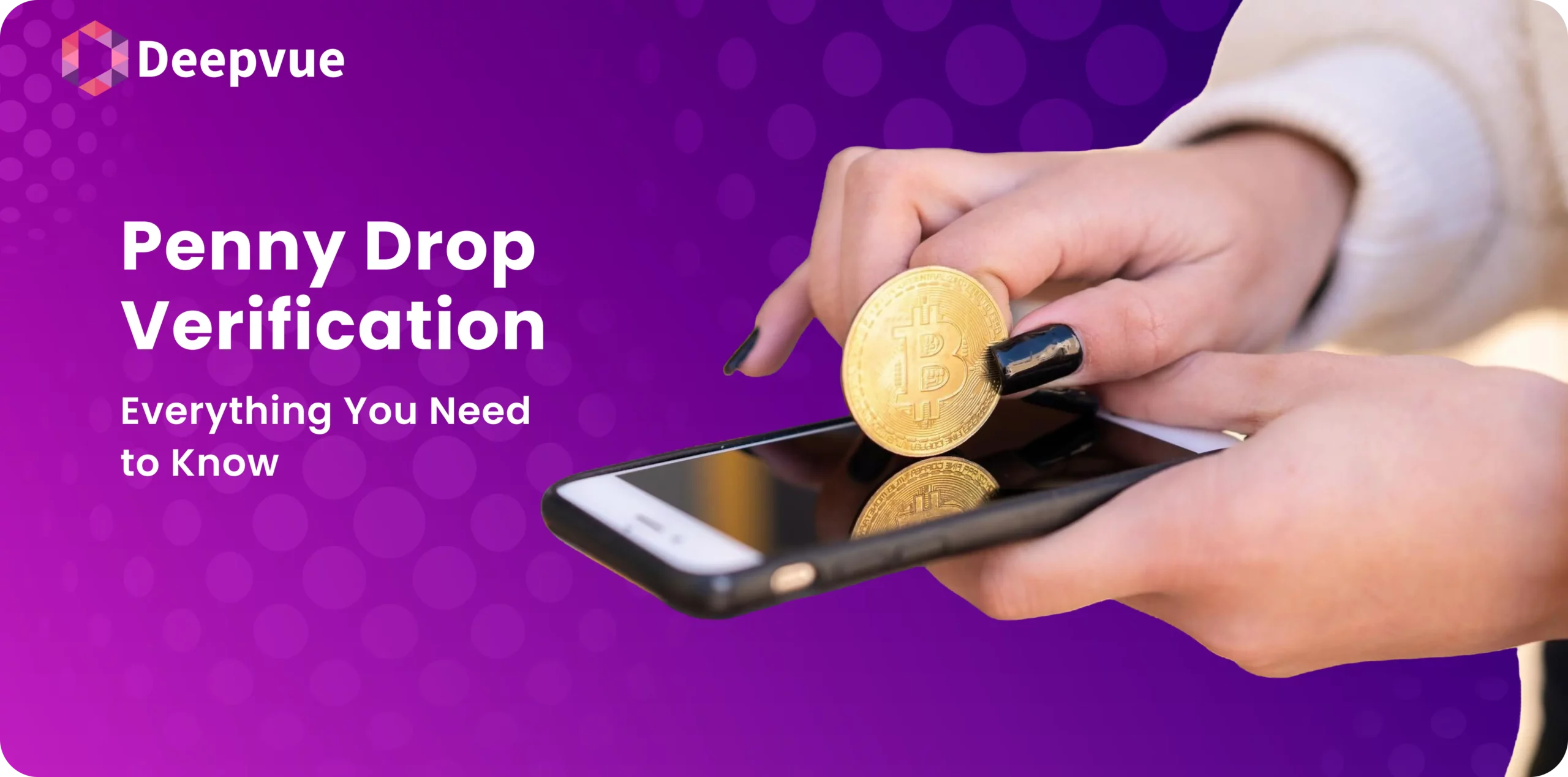Sending and receiving money across nations has become a necessity for both individuals and businesses. Whether you’re expanding your business to foreign countries, transferring money to your family members overseas, or making payments to your suppliers abroad, cross-border payments are an integral part of this process and you need to understand the nitty-gritties of such transactions. But what does that really mean? Let’s understand it in detail.
What Are Cross-Border Payments?
Simply put, a cross-border payment is any transaction where the person making the payment and the recipient are located in different countries. When companies pay for goods or people send money home, such transactions become cross-border if they exceed national frontiers.
How Do Cross-Border Payments Work?
Although it may seem complicated, the basic idea is that one transfers money from one country to another, often involving currency conversion. Here’s how:
- Starting the Payment: Start by giving the required details such as recipient’s particulars and how much you will be sending.
- Currency Conversion: If you’re dealing with different currencies, the money is converted at the current exchange rate.
- Transferring the Funds: The money moves from your account to the recipient’s account, often through intermediaries like banks or payment providers.
- Completion: The funds land in the recipient’s account, and the transaction is done.
Why Are Cross-Border Payments Important?
Cross border payments are important for many reasons. They facilitate global trade, so businesses can buy and sell across borders. They also enable individuals to send remittances to support their families living in other countries. And they are also part of global investments, tourism, charity etc.
How to Send Money Across Borders
Here are a few ways to send money across borders –
- Wire Transfers: This is an old and reliable method, but it is slow and costlier than other methods.
- Credit Card Payments: This is a fast and convenient way, but the sender has to pay currency conversion fees.
- Electronic Funds Transfers (EFTs): These transfers are faster and affordable compared to wire transfers. This method is now most accepted for business transactions.
- Online Payment Platforms: PayPal or Stripe, for example; they are quick platforms with competitive pricing and exchange rates.
- Cryptocurrency: Digital money, including Bitcoin and similar digital currencies, could be fast and safe. However, this form of payment has risks associated with the fluctuation in market values.
Benefits of Cross-Border Payments
Here are the benefits of cross-border payments –
- Global Market Access: Businesses can expand to international markets, reaching new customers and suppliers.
- Increased Revenue: Expanding globally can bring in new sources of revenue.
- Supporting Loved Ones: Remittances allow individuals to financially support family and friends abroad.
- Flexibility: With various payment methods available, you can choose what works best for you.

Challenges to Keep in Mind While Sending Money Abroad
Despite the benefits, cross-border payments come with challenges:
- Regulations: Every country has its own rules related to cross border payments, which can be confusing.
- Currency Fluctuations: Exchange rates change frequently and impact the final amount received.
- Fees: Both the transaction and conversion fees can get high, so it is important to know them.
- Security Risks: International transactions are prone to fraud, so picking up the right provider is very important.
Tips for Efficient Cross-Border Payments
To make the process smoother, consider these tips:
- Pick the Right Method: Depending on your needs – whether it’s speed or cost – choose the most suitable payment method.
- Check Exchange Rates: Compare exchange rates and get the best deal.
- Watch Out for Fees: Be aware of any costs involved and factor them in accordingly
- Double-Check Details: Make sure that the recipient’s information is correct to avoid any delays.
- Stick with Trusted Providers: Security is the key, so select well-known & highly-recommended payment services.
Conclusion
Cross-border payments are essential in today’s interconnected world, making it easier for businesses and individuals to transact globally. By understanding how they work, the methods available, and the potential challenges, you can navigate these transactions confidently. Whether you’re growing a business or sending money to loved ones, cross-border payments help you connect with the world in meaningful ways.
To learn more about how Deepvue’s Verification Suite can enhance your online verification process, visit Deepvue.tech and explore their range of APIs designed to ensure accuracy and efficiency.
FAQs
What is the difference between domestic and cross-border payments?
Domestic payments are done within the same country hence usually involve transactions denominated in the same currency. On the other hand, cross-border payments refer to those which occur between parties located in different countries and often require currency conversion.
How long does it take for a cross-border payment to be processed?
Processing time for cross-border payments varies depending on the mode of payment. Wire transfers can take several business days while online payment platforms and some electronic funds transfers are settled within hours. Cryptocurrency transactions can also be very quick but it also depends on network connection.
What fees or charges are involved in cross-border payments?
Cross-border payments include transaction fees, currency conversion charges, and intermediary bank fees. These fees can differ depending on the payment method and the financial institutions involved. So, it is important to know and compare fees before you decide to make a cross-border payment.
Are cross-border payments safe?
While cross-border payments are generally safe, they can be prone to fraud and cyberattacks. It is suggested to use established & recommended payment providers, use strong security measures, and verify all transaction details before sending money, to ensure security & safety.
Can I track my cross-border payment?
Yes, you can keep a track of your cross-border payment using tracking numbers or reference ID provided by the payment provider. Most of the payment methods & providers offer such tracking services to ensure that the funds reach the right recipient & allows you to address any issues promptly.








